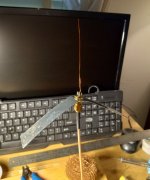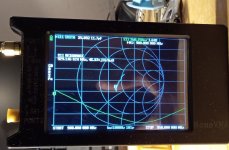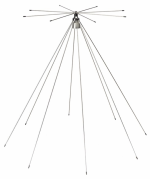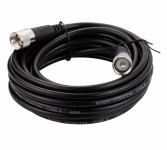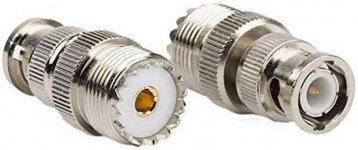DavidLarson52
Newbie
I'm brand new to the hobby, and got myself a Uniden SDS200. Tried to make my own Dipole Antenna, but when I put the alligator clip on the radios antenna, there is zero increase in reception across the entire frequency range of the radio. I know I am doing something totally stupid here, so I would really appreciate any help you may provide. Here are a few pictures...
This is 100 feet of generic speaker wire, strung between two big trees. From there the two wires go to an outside deck on my house.

Closeup of how the two wire ends are attached to the trees, using zip ties...
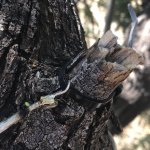
The intersection of the two wires. Just some black electrical tape...
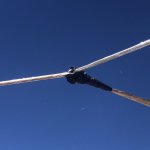
At my deck I've got a lot of extra wire that I simply winded up into a coil...
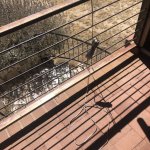
Here is the end that connects to the radios antenna...
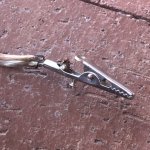
Thanks again for any help you can provide.
This is 100 feet of generic speaker wire, strung between two big trees. From there the two wires go to an outside deck on my house.

Closeup of how the two wire ends are attached to the trees, using zip ties...

The intersection of the two wires. Just some black electrical tape...

At my deck I've got a lot of extra wire that I simply winded up into a coil...

Here is the end that connects to the radios antenna...

Thanks again for any help you can provide.


